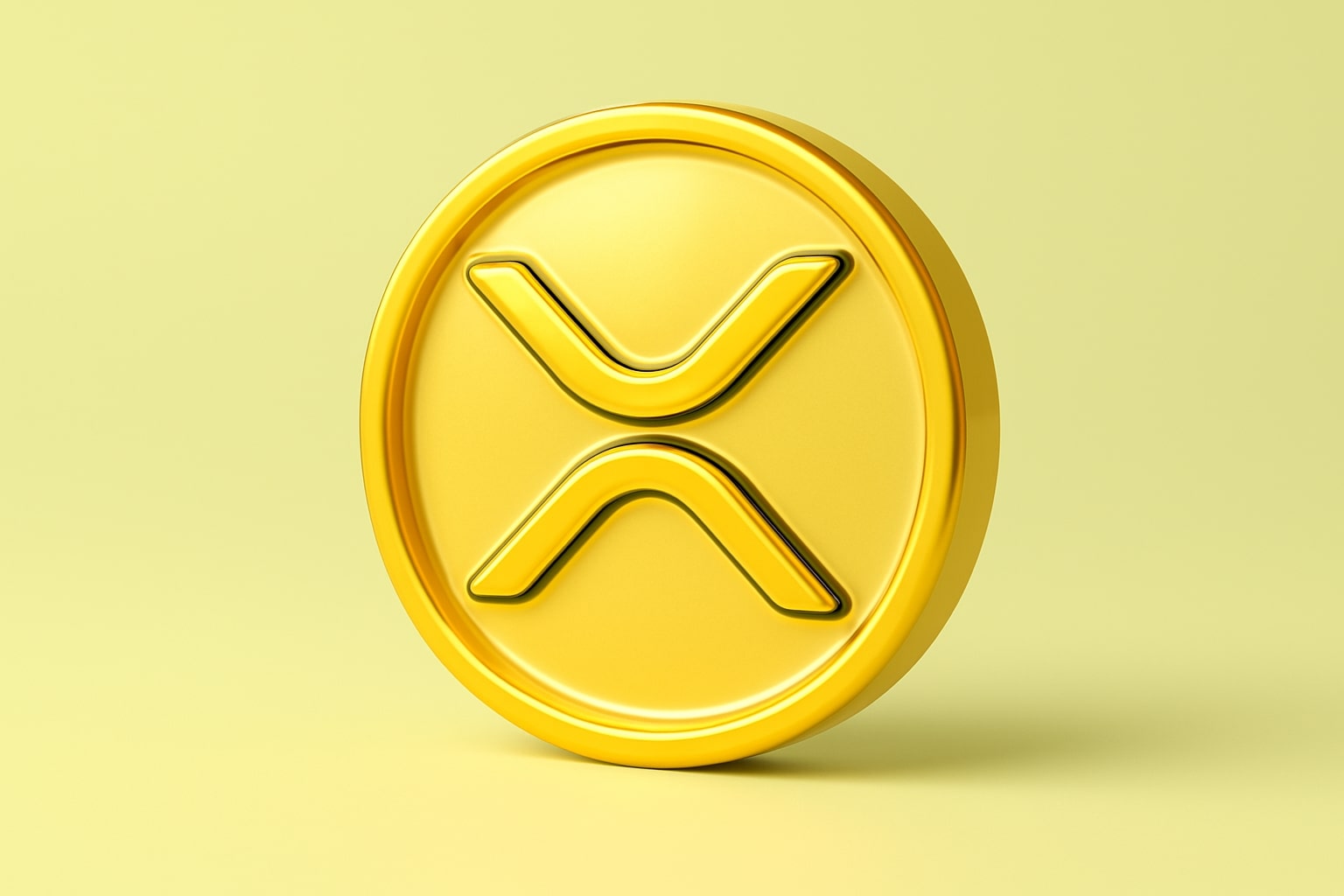
Oil Price Forecast - WTI And Brent Fall To $60 As Oversupply Builds And OPEC+ Holds Output Steady
Goldman Sachs cuts 2026 forecast to $53, inventories rise by 2M bpd, and sanctions on Rosneft and Lukoil add volatility to an already fragile crude market | That's TradingNEWS
WTI (CL=F) And Brent (BZ=F) Sink To $60 As Oversupply Fears Clash With Geopolitical Chaos
Crude oil prices continued their downward trajectory, with WTI (CL=F) sliding to $60.11 per barrel (+0.33%) and Brent (BZ=F) barely holding $64.23 (+0.05%), extending a three-week losing streak as global stockpiles surge and OPEC+ signals no additional cuts before 2026. The sharp divergence between swelling inventories and rising geopolitical tension has created a market in standoff—one where traders are hedging short-term spikes but betting longer-term on continued weakness.
Goldman Sachs (NYSE:GS) now expects WTI to average $52 and Brent $56 in 2026, citing a 2 million barrels per day surplus driven by persistent OPEC+ output, resurgent U.S. shale activity, and accelerating non-OPEC production from Brazil, Guyana, and Argentina. Over the past 90 days, global inventories have expanded by roughly 180 million barrels, tightening margins and forcing refiners to cut runs in Europe and Asia.
OPEC+ Holds Steady As Supply Glut Builds Into 2026
Despite the worsening balance, OPEC+ has approved another modest 137,000 barrels per day increase in December output—its third consecutive monthly rise—aiming to preserve member unity rather than sacrifice volumes for prices. The OPEC Basket sits near $64.65, effectively flat, suggesting the cartel’s intervention capacity has weakened as non-OPEC barrels flood the market.
The International Energy Agency (IEA) warns the surplus will persist well into 2026, citing “worse-than-expected” storage growth across OECD nations. Even Saudi Arabia (TADAWUL:2222), traditionally the market stabilizer, has been forced to supply Syria for the first time since the civil war, exporting condensate to Baniyas port—a strategic pivot aimed at preserving regional market share amid waning Asian demand for its flagship Khuff crude.
Geopolitics Add Volatility But Fail To Lift Prices
Geopolitical risks have multiplied—Ukraine’s drone strike on Russia’s Novorossiysk port, Iran’s tanker seizure in the Gulf of Oman, and Sudanese pipeline disruptions—yet none have triggered sustained price rallies. Russian exports fell to 3.4 million b/d, with 11 tankers anchored near India awaiting clearance amid U.S. sanctions targeting Rosneft and Lukoil (LUKOY).
The November 21 sanctions deadline could temporarily cut 1.5 million b/d from seaborne flows, but most traders see it as a short-term shock rather than a structural squeeze. Asian buyers, led by India and China, are already diversifying toward Kuwaiti and Brazilian blends, reducing Russian dependency before enforcement takes full effect.
The CBOE Crude Volatility Index (OVX) surged 20% to 42, reflecting trader anxiety, yet speculative net longs in Brent futures dropped for the fourth consecutive week, marking the lowest level since March 2024.
Non-OPEC Supply Boom: Brazil, Guyana, And Argentina Reshape Global Flow
According to Rystad Energy, the next wave of non-OPEC supply growth is being led by Brazil, Guyana, and Argentina, whose collective output is projected to increase by 1.1 million b/d by 2026. Petrobras (NYSE:PBR) just confirmed another discovery in the Sudoeste de Tartaruga Verde block of the Campos Basin, reinforcing Brazil’s capacity to sustain over 3.9 million b/d by 2027.
Guyana’s offshore developments continue to outperform expectations, with ExxonMobil (NYSE:XOM) and Hess (NYSE:HES) drilling ahead of schedule. Argentina’s Vaca Muerta shale growth is also accelerating, aided by a strong peso-linked export policy and new pipeline expansions enabling consistent 300,000 b/d exports by mid-2026.
This emerging trio is offsetting OPEC+ restraint and has become a cornerstone of Goldman’s bearish scenario, projecting the end of the “tight oil era” as structural oversupply returns.
Corporate Realignments: Chevron, TotalEnergies, And Lukoil Reposition Portfolios
Major energy players are rebalancing aggressively. TotalEnergies (NYSE:TTE) announced a $6 billion acquisition of EPH’s Western European power portfolio, expanding 19 GW of capacity but signaling a partial retreat from renewables in Asia. The move mirrors Chevron’s (NYSE:CVX) decision to invest in a 5 GW gas-fueled plant in West Texas to meet soaring data center demand.
Meanwhile, Iraq is seeking a six-month U.S. sanctions waiver to let Lukoil sell its 75% stake in the West Qurna-2 field, a 480,000 b/d asset crippled by sanctions. Baghdad has ruled out nationalization, instead courting Chinese and Western bidders to safeguard production. This geopolitical maneuver underscores the widening divide between Washington’s sanctions policy and global supply stability.
WTI’s Technical Structure Signals Weakness With Brief Support At $59.50
WTI futures slipped to $59.60 intraday after a failed attempt to reclaim $61. The Energy Information Administration (EIA) reported a surprise 3.5 million-barrel U.S. inventory build, confirming oversupply. From a technical view, WTI (CL=F) faces resistance at $61.90–$62.40, with support near $59.20—a level that, if broken, could open a slide toward $56.80, aligning with Goldman’s 2026 forecast.
Momentum indicators are bearish: RSI hovers around 38, and MACD histograms deepen below the zero line. However, speculative traders anticipate a volatility-driven short-covering rally if the upcoming U.S. sanctions on Rosneft and Lukoil choke tanker routes.
Read More
-
NVIDIA Stock Price Forecast - NVDA Shares Balances $4 Trillion AI Growth With Market Anxiet
18.11.2025 · TradingNEWS ArchiveStocks
-
XRP Price Forecast - XRP-USD Battles $2.23 As $245M XRP ETF Inflows Clash With Whale Selling
18.11.2025 · TradingNEWS ArchiveCrypto
-
Gold Price Forecast - XAU/USD Falls to $4,031 as Fed Hawk Talk and Strong Dollar Pressure Markets
18.11.2025 · TradingNEWS ArchiveCommodities
-
Stock Market Today - NVDA, MSFT, AMZN Lead Wall Street Drop as Nasdaq Hits 22,471, Dow 46,136
18.11.2025 · TradingNEWS ArchiveMarkets
-
GBP/USD Price Forecast - Pound Steadies At 1.3160 As Traders Brace For UK CPI And U.S. NFP
18.11.2025 · TradingNEWS ArchiveForex
OPEC+ Policy Dilemma: Price Defense vs Market Share
OPEC’s internal tension is intensifying. While Saudi Arabia and UAE favor stability through controlled output, Iraq and Nigeria are ramping exports to counter fiscal pressure. Kazakhstan faces a $166 billion lawsuit in Swiss court involving major Western firms, potentially affecting upstream investment flow. The cartel’s fragmented compliance—hovering around 92%—weakens its ability to maintain price discipline.
As Brent stabilizes near $64, the market appears to have priced in OPEC+ inertia. Traders expect no meaningful intervention until prices threaten the $55 handle, historically the fiscal break-even for mid-tier producers.
Asia’s Demand Pulse And U.S. Dollar Correlation
China’s crude stockpiling rose sharply in October, with imports exceeding 11.6 million b/d, yet refinery runs remain flat, indicating storage accumulation rather than consumption. India continues redirecting purchases away from Russia, with Reliance Industries sourcing Kuwaiti crude instead. Meanwhile, the USD Index (DXY) climbed above 107, intensifying downward pressure on commodities priced in dollars.
Japan’s Tokyo Gas (TYO:9531) exited its Louisiana upstream assets for $255 million, marking another strategic retreat of Asian capital from U.S. shale exposure. These developments highlight how currency strength, inventory overhang, and investor repositioning are collectively suppressing crude upside.
Key Industrial And Regulatory Shifts Reshape Energy Landscape
TotalEnergies’ Corsica fine by France’s Competition Authority over fuel depot access—now under appeal—illustrates regulatory scrutiny expanding beyond carbon emissions into logistics and pricing transparency. Simultaneously, the Trump administration’s 12.5% Gulf royalty announcement triggered political friction, reinforcing the administration’s pivot toward traditional hydrocarbon development.
This regulatory complexity, coupled with Europe’s refinery closures, accelerates deindustrialization risk, as ExxonMobil confirmed the shutdown of its Fife ethylene plant in Scotland by early 2026, citing policy-induced uncompetitiveness.
TradingNews Verdict: Crude Oil (CL=F, BZ=F) – Hold With Downside Bias Until 2026 Rebalance
The combination of swelling inventories, muted OPEC+ action, and an unstoppable wave of non-OPEC supply caps any sustained rebound. WTI (CL=F) at $60.11 and Brent (BZ=F) at $64.23 reflect markets trapped between macro oversupply and intermittent geopolitical jolts. Short-term volatility is likely around the Rosneft/Lukoil sanctions window, but structural bearish fundamentals dominate.
Unless inventory draws or production cuts emerge by Q1 2026, crude remains range-bound with a downside bias toward $56–$58 for WTI and $62–$63 for Brent. Long-term equilibrium may not return until late 2026, when OPEC+ and U.S. shale self-correct through lower capex. For now, the TradingNews stance is Hold, with caution toward bearish risk as the global glut deepens.



















